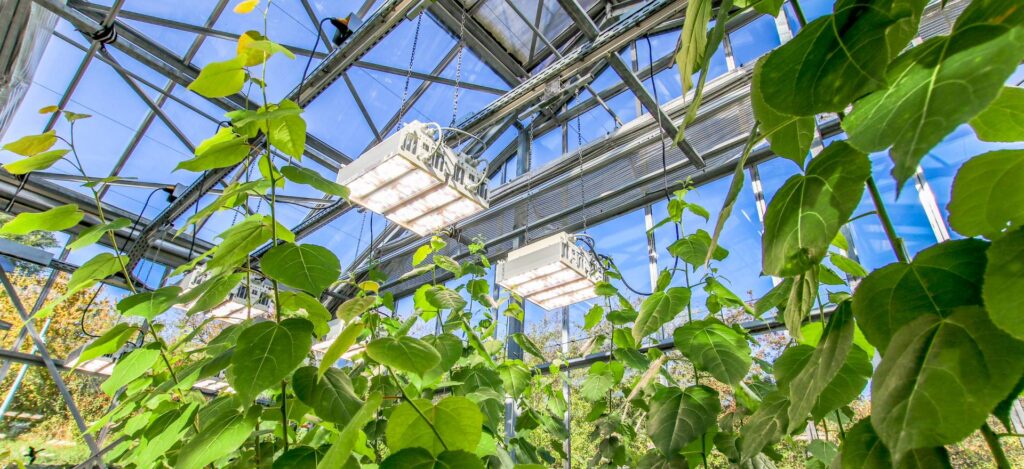Much like humans, plants have specific needs that vary based on their environment. From the towering redwoods of the Pacific Northwest to the resilient cacti of the desert, each plant species has evolved to thrive under particular climatic conditions. By understanding the nuances of different climates and tailoring light spectra, intensity, and duration accordingly, growers can significantly enhance plant health, yield, and quality.
The sun, undeniably, is the ultimate source of energy for plant life. However, not all sunlight is created equal. Different regions experience varying levels of sunlight intensity, duration, and spectral composition. These factors directly influence plant growth and development. For instance, plants in tropical climates are accustomed to high light intensity and long days, while those in temperate regions experience seasonal fluctuations. Similarly, plants in arid environments have adapted to survive with minimal water and intense sunlight, while those in humid regions thrive in high humidity and indirect light.
To bridge the gap between natural sunlight and artificial lighting, growers must customize their LED grow light recipes to mimic the specific conditions required by their plants.
Understanding the Basics of LED Grow Lights
Before diving into climate-specific light recipes, it’s essential to grasp the fundamental components of LED grow lights. These lights emit light in specific wavelengths, measured in nanometers (nm). Different wavelengths influence various plant processes. For example, blue light promotes vegetative growth, while red light stimulates flowering and fruiting. Greenlight, often overlooked, plays a role in photosynthesis and overall plant health.
Additionally, light intensity, measured in micromoles per square meter per second (µmol/m²/s), determines the amount of light energy available to plants. You can also opt for grow lights from manufacturers like Valoya, which provides comprehensive light plans for its customers to help achieve optimal results.
Tailoring LED Grow Lights for Different Climates
- Tropical Climates: These regions are characterized by high temperatures, humidity, and abundant sunlight. To replicate these conditions, use LED lights with a balanced spectrum of red, blue, and green light. Maintain a high light intensity to support rapid growth. However, be mindful of heat buildup and provide adequate ventilation to prevent stress.
- Temperate Climates: Experiencing distinct seasons, temperate regions demand flexibility in light recipes. During the growing season, simulate long days with high light intensity to encourage vegetative growth. As days shorten and temperatures drop, light intensity and duration are gradually reduced to induce flowering and fruiting.
- Arid Climates: Plants in arid regions are adapted to intense sunlight, dry air, and minimal water. Use LED grow lights with a higher proportion of red light to stimulate photosynthesis and reduce vegetative growth. Maintain moderate light intensity to prevent excessive heat stress.
- Arctic and Subarctic Climates: These regions experience long periods of low light and cold temperatures. To compensate for limited sunlight, use LED grow lights with a higher proportion of blue light to promote vegetative growth. Increase light duration to extend the growing season.
Some Additional Considerations
While climate is a crucial factor, other variables influence light recipes. Plant species, growth stage, and cultivation method (hydroponics, soil-based, aeroponics) all impact lighting requirements. Conduct thorough research on the specific needs of your plants and adjust light recipes accordingly. Moreover, consider the quality of your LEDs. High-quality greenhouse LED grow lights offer superior light penetration, efficiency, and longevity, ensuring optimal plant growth and return on investment. Valoya’s grow lights are specifically designed for indoor cultivation, providing superior performance and promoting optimal plant growth.
By carefully customising LED grow light recipes to match the specific conditions of different climates, growers can unlock the full potential of their plants. With a deep understanding of plant physiology and the power of technology, it’s possible to create thriving indoor gardens that rival those found in nature.
